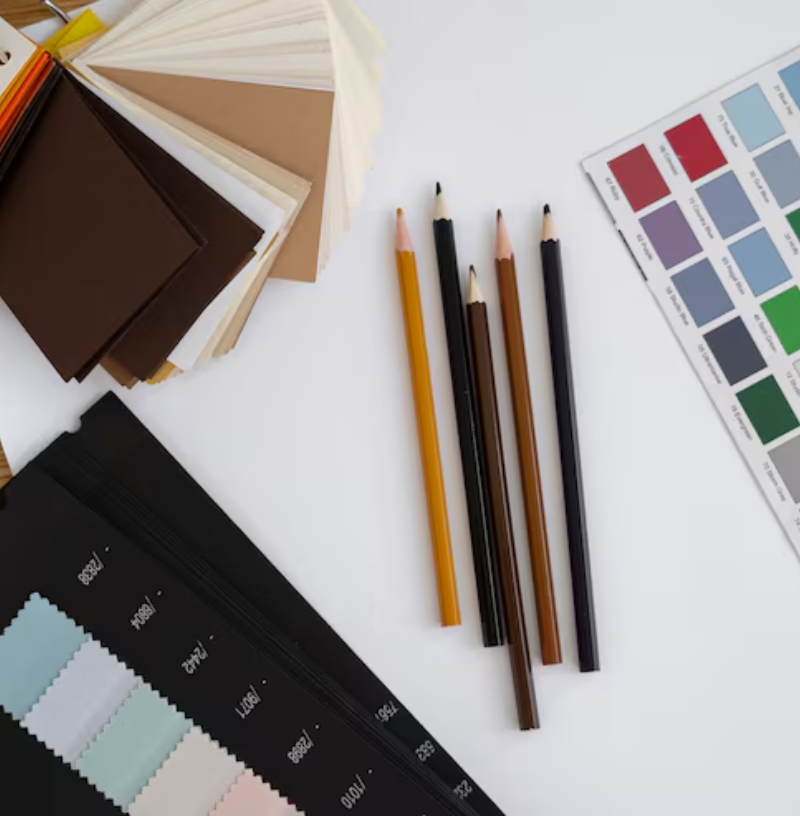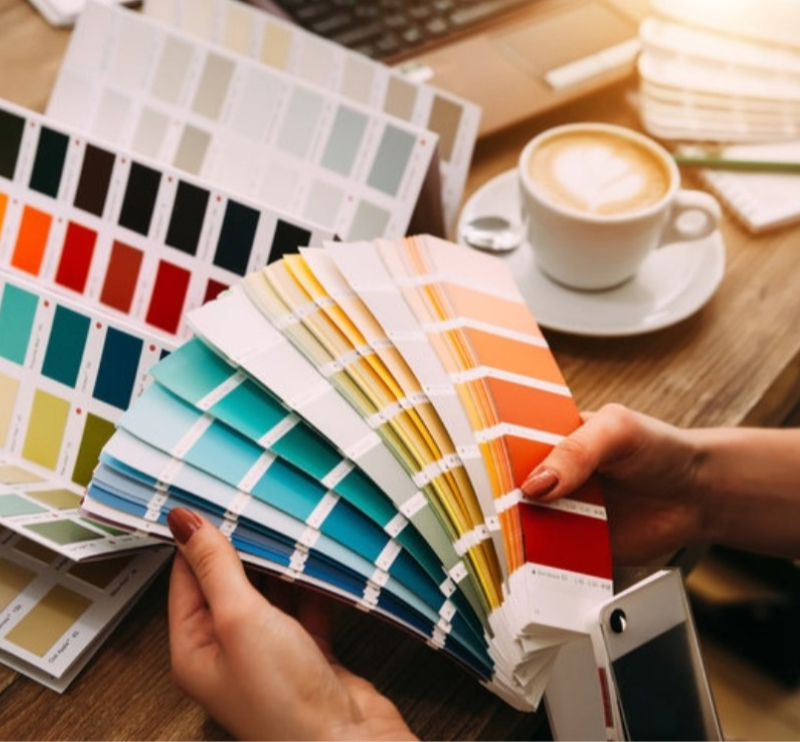Colour Matching
About
Do I Need Colour Matching? How Does it Work?
Colour Matching is a precision service dedicated to accurately replicating any existing paint colour, texture, or finish on your property’s interior or exterior. It’s ideal for seamlessly patching repairs, maintaining historical colour schemes, or extending a colour onto a new surface. Our expert colour technicians use advanced spectrophotometers and proprietary tinting systems to deliver a flawless, undetectable match, restoring visual consistency with minimal effort.
Experience
10+ Years in Sydney!
With over 10 years of experience in Sydney, we’ve built a strong reputation for delivering exceptional, high-precision Colour Matching services. Our team understands the challenges of matching aged paint, lighting shifts, and various material bases, ensuring every project reflects technical accuracy and keen aesthetic judgment. We guarantee a result that achieves perfect visual continuity, no matter the age or complexity of the existing colour.
Materials
Sample Colours One & Next to Real Materials
We utilise state-of-the-art spectrophotometer technology, designed to perfectly analyse the pigment composition and spectral fingerprint of your existing paint sample. Our custom-mixed paints are carefully selected for superior tint stability, lightfastness, and compatibility with the existing substrate, ensuring that your matched colour remains accurate under varying light conditions and blends flawlessly with the surrounding area.

FAQs on
Colour Matching in Sydney
1. How accurate can you guarantee the colour match will be?
We guarantee a virtually perfect colour match to the naked eye under standard lighting conditions. We use spectrophotometer technology to measure the colour’s spectral data (not just visible light), allowing us to adjust for metamerism (the phenomenon where colours look different under various light sources) and ensure the final paint blends seamlessly with the existing surface.
2. Why is professional colour matching necessary, rather than just using a paint brand's code?
A paint code only guarantees the colour of new paint. Existing paint fades and shifts colour over time due to UV exposure and oxidation. Professional colour matching accounts for this aging and weathering, ensuring the new paint patch blends into the current surrounding colour, not the original, decade-old shade.
3. What kind of sample do you need to perform an accurate match?
We require a small, clean, and flat sample of the paint chip or surface (ideally at least the size of a 20-cent coin). The sample should represent the actual colour you want matched. If you cannot provide a chip, we can carefully scrape a sample directly from the wall, usually in an inconspicuous area.
4. Can you match colours on different materials, like wood, metal, or plaster?
Yes. We match the colour hue, but the final paint product we create will be formulated for the specific material you need to paint (e.g., matching the colour of a metal fence to a house trim, but using a paint suitable for metal). We also match the sheen (flat, low sheen, semi-gloss) to ensure textural continuity.
5. How does lighting affect the final colour match?
Lighting is critical. A colour that matches perfectly under artificial light might look slightly different in natural daylight. Our technology measures the colour properties under different light sources, and we advise on testing the matched paint on the surface to ensure it looks perfect in your specific environment.
6. How long does the colour matching service take?
The analysis and tinting process is highly detailed. Once we have the sample, the time required to create a batch of the matched paint typically ranges from 24 to 48 hours. The speed depends on the complexity of the colour and the number of tints needed to achieve the perfect formula.
7. Can you match metallic, textured, or specialty finishes?
We can accurately match the base colour and sheen of nearly any finish. Specialty finishes like metallic or heavily textured paints (like render) present challenges in perfectly replicating the texture or flake size. We can usually provide an excellent colour match and the closest possible textural finish.
8. What areas of the home do people most commonly need colour matching for?
The most common requests are for patching areas damaged by leaks or repairs (e.g., drywall patching), matching new extension work to existing external walls, seamlessly integrating new timber or metal work, or touching up garage doors and window frames after replacement.


